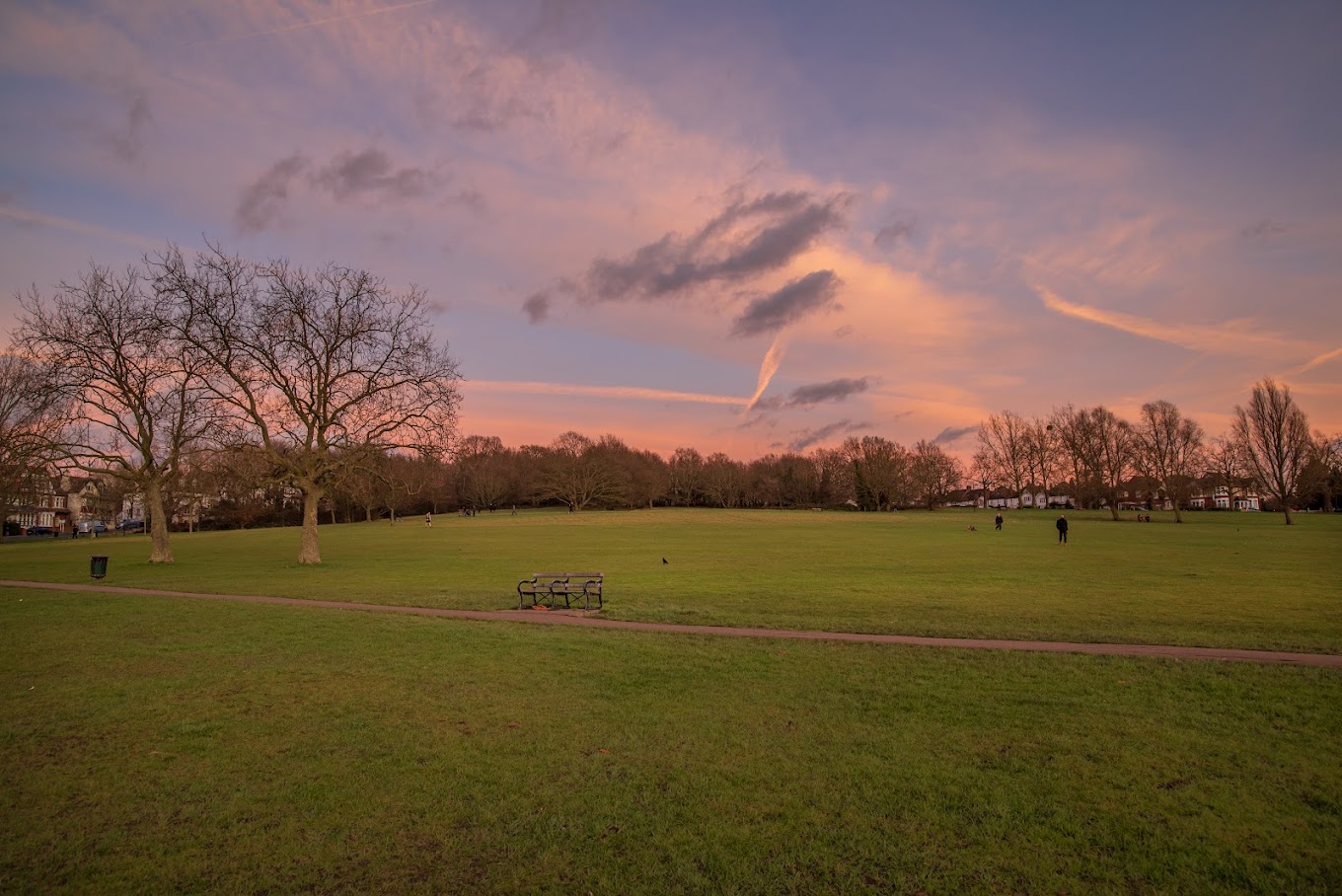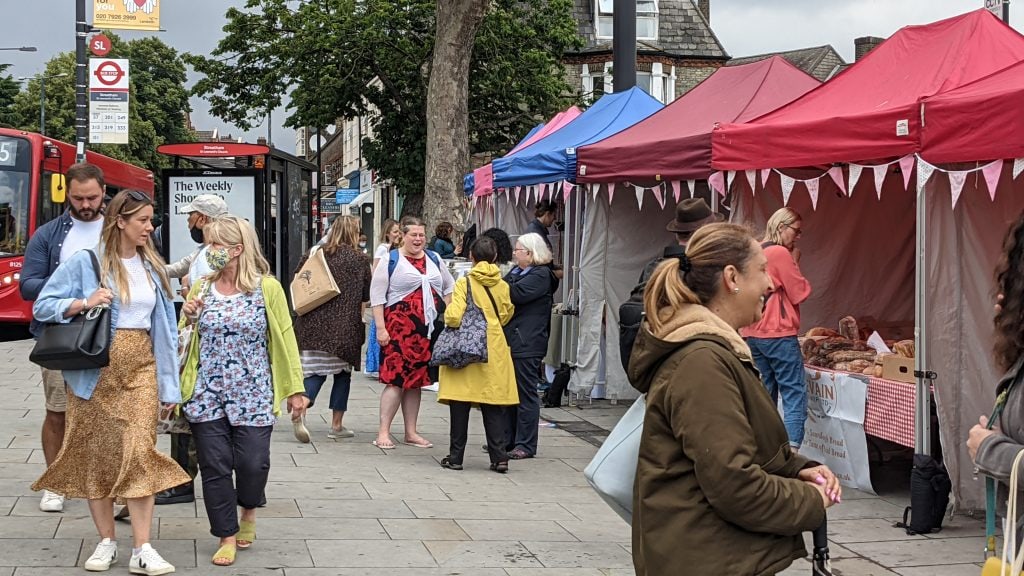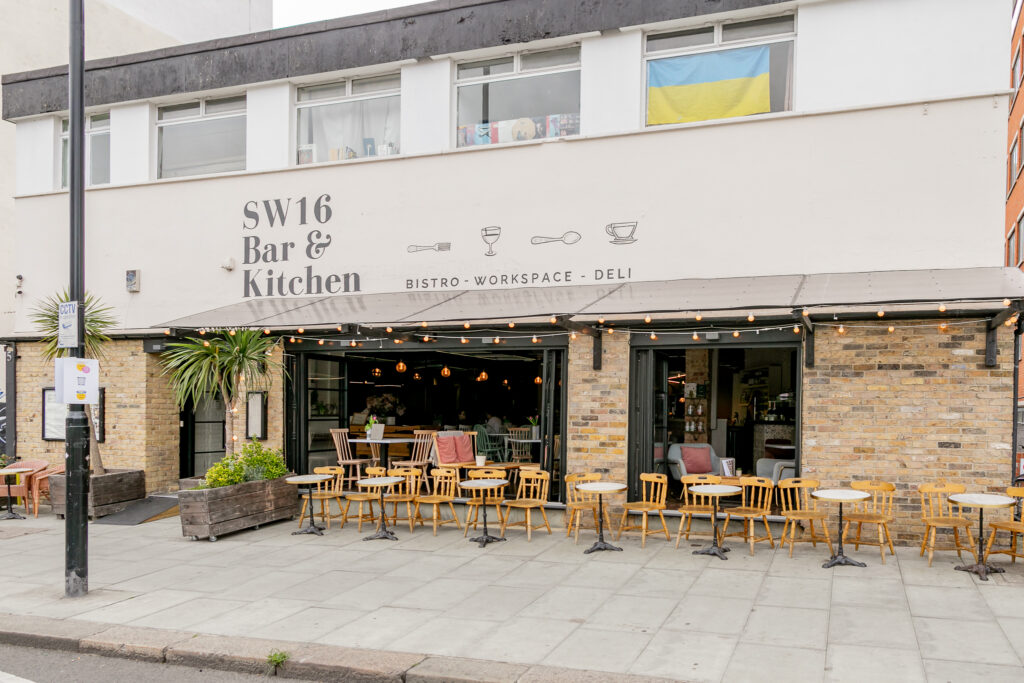Introduction:

The History of Streatham:
Historical records date back to a Saxon church at St Leonard's, and 'Estreham' is documented in the Domesday Book of 1086. The area transformed in the 18th century with the popularity of wells and a spa. Notable houses, including Henry Tate's residence Park Hill, emerged. Streatham embraced 19th and 20th-century entertainment, becoming a middle-class haven with retail landmarks like the first Waitrose in the 1950s.
Things to do in Streatham:
- Streatham Village Market
- Take a stroll around
- Streatham Tate Library
- The Mark Bennet Streatham Community Centre
- Streatham Festival – Celebrating a wide range of events including music entertainment and visual arts.
- Streatham Ice and Leisure Centre - An inviting gym in the heart of Streatham, including an Olympic-sized indoor ice-skating rink!
- Streatham Odeon Cinema
- Hideaway Jazz and Comedy Club – Award-winning live music and comedy
- Tooting Bec Lido – large freshwater, outdoor swimming pool in South London

Food & Drink in Streatham:
- SW16 Bar & Kitchen - Modern European restaurant
- Hamlet Bar Lounge & Restaurant
- Perfect Blend - A hearty brunch in Streatham
- The Mere Scribbler - an authentic, independent pub overlooking Streatham Common.
- Hood
- The Railway pub – Bright & sophisticated gastropub with live music and comedy.
- Streatham Kitchen – A fantastic steak house located next to Streatham Green.

Transport:
Streatham is home to three railway stations providing key transport links:
- Streatham Train Station : Southern and Thameslink trains to London Bridge, Croydon, Blackfriars
- Streatham Hill Station : Southern railway trains to Croydon and London Bridge
- Streatham Common Station : Southern Railway trains to London Victoria, Caterham, and Epsom
- A23 road provides a direct route to the south coast.
Conclusion:
This Streatham Area Guide offers a comprehensive overview of the area's heritage, housing, leisure options, and transportation, making it an ideal destination in South London.
If you have a property you’re looking to sell or let within the Streatham area, our expert team at KALMARs and our South London local knowledge will help guide you into putting your property on the market. Contact us today.

